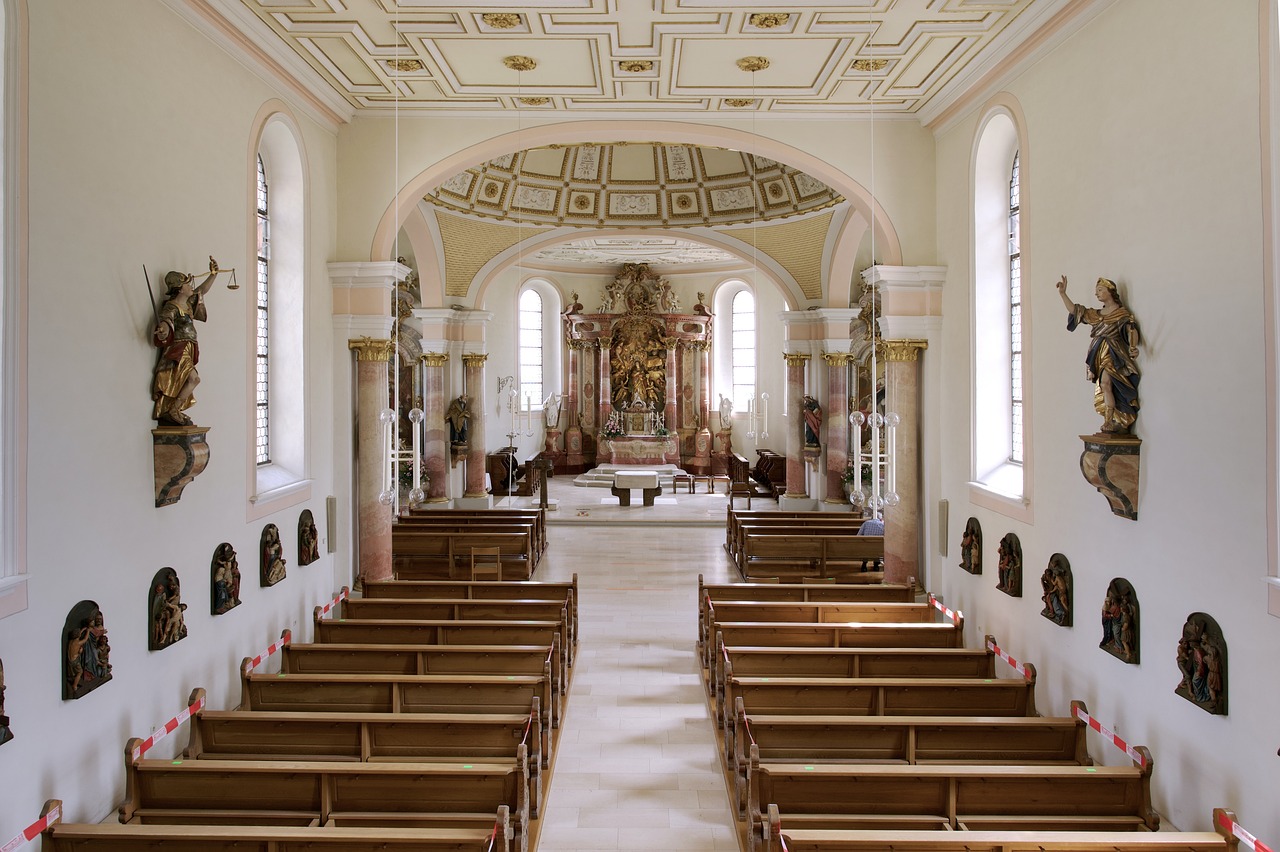Introduction
Pilgrimage has played a central role in Christianity for centuries, serving as a deeply spiritual journey undertaken by believers seeking a closer connection to God. Across various Christian denominations, pilgrimage manifests in different ways, reflecting theological interpretations, historical traditions, and personal devotion. This article explores the concept of pilgrimage in Christianity, its significance, major pilgrimage sites, and how different denominations perceive and practice this sacred journey.
The Meaning and Purpose of Christian Pilgrimage
A pilgrimage is a journey to a sacred place undertaken for religious reasons. In Christianity, it represents both a physical and spiritual endeavor, symbolizing the believer’s path toward God. Pilgrims embark on these journeys to seek divine blessings, forgiveness, healing, or deeper spiritual enlightenment. Many consider it an act of devotion, repentance, or thanksgiving, reflecting biblical narratives of journeying towards holiness.
Biblical Foundations of Pilgrimage
The tradition of pilgrimage in Christianity is rooted in the Bible. The Old Testament highlights the importance of sacred journeys, particularly with references to the Israelites traveling to Jerusalem for religious festivals (Deuteronomy 16:16). In the New Testament, Jesus’ own pilgrimage to Jerusalem (Luke 2:41-50) and His emphasis on seeking God reinforce the spiritual significance of such journeys. Early Christians also traveled to sites associated with Christ’s life, setting the foundation for future pilgrimages.
Pilgrimage in Different Christian Denominations
1. Roman Catholicism
The Catholic Church highly values pilgrimage as an expression of faith and devotion. Catholics frequently travel to sacred sites associated with Jesus, the Virgin Mary, and saints. Popular pilgrimage destinations include:
- The Vatican (Rome, Italy): The heart of Catholicism, where St. Peter’s Basilica and the Pope’s residence are located.
- Santiago de Compostela (Spain): The shrine of St. James, a significant medieval pilgrimage route.
- Lourdes (France): A Marian shrine where the Virgin Mary appeared to St. Bernadette, known for miraculous healings.
- Fatima (Portugal): Another Marian site attracting millions of pilgrims yearly.
2. Eastern Orthodoxy
Orthodox Christianity places great importance on pilgrimage, particularly to sites linked to Christ, the Virgin Mary, and saints. Major Orthodox pilgrimage sites include:
- Mount Athos (Greece): A monastic community considered a spiritual haven.
- The Church of the Holy Sepulchre (Jerusalem): The site of Jesus’ crucifixion and resurrection.
- Monasteries of Meteora (Greece): A unique spiritual retreat built on towering rock formations.
3. Protestantism
Pilgrimage is less emphasized in many Protestant traditions due to the Reformation’s rejection of practices associated with relics and indulgences. However, some Protestant groups engage in pilgrimage for historical and spiritual reflection. Key Protestant pilgrimage sites include:
- The Holy Land: Many Protestants visit Israel to walk in Jesus’ footsteps.
- Wittenberg (Germany): The birthplace of the Protestant Reformation, associated with Martin Luther.
- Iona (Scotland): A significant site for Celtic Christianity and spiritual retreat.
4. Anglicanism
Anglicans maintain a balanced approach to pilgrimage, incorporating both Protestant and Catholic traditions. Popular Anglican pilgrimage sites include:
- Canterbury Cathedral (England): Associated with St. Thomas Becket and a historic pilgrimage route.
- Westminster Abbey (London): A major site for religious and royal history.
The Modern Relevance of Pilgrimage
Despite advancements in travel and technology, pilgrimage remains a deeply personal and transformative experience for many Christians. It provides an opportunity for spiritual renewal, cultural exchange, and deepening one’s faith. Pilgrimage also fosters a sense of unity among believers, connecting them to historical and biblical traditions while strengthening their spiritual journey.
Conclusion
The concept of pilgrimage in Christianity transcends denominational boundaries, offering believers a profound way to seek God’s presence. Whether through visits to sacred biblical sites, Marian shrines, or historical landmarks, pilgrimage continues to shape the Christian faith. Regardless of denominational differences, the essence of pilgrimage remains the same—a journey of faith, devotion, and spiritual enlightenment.




